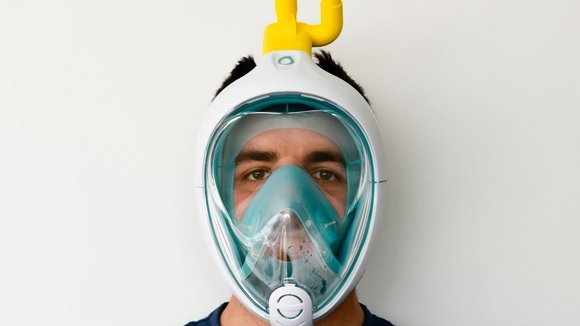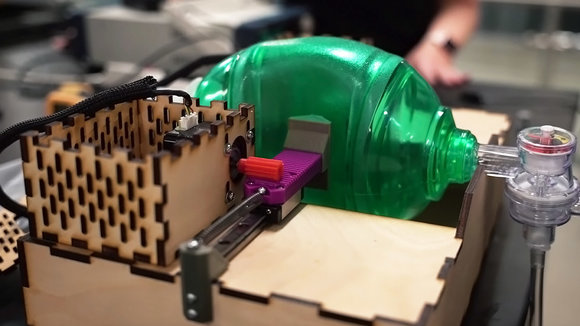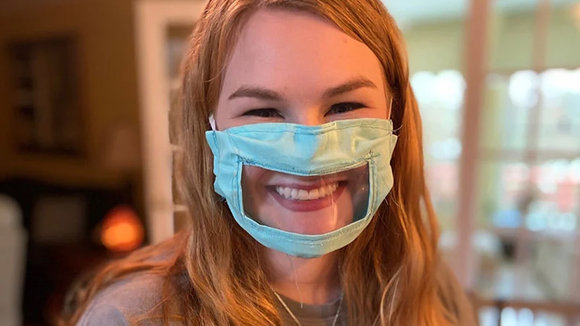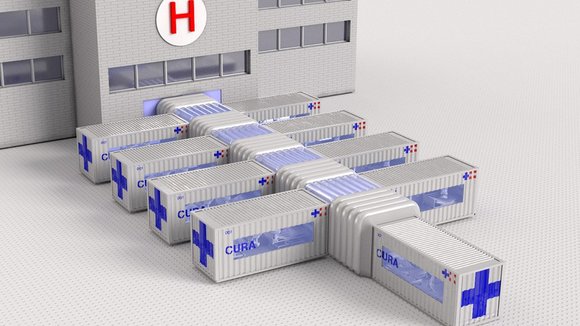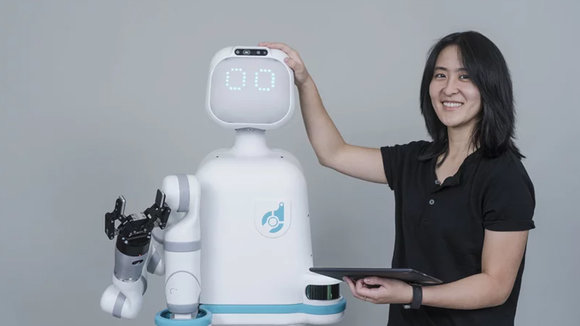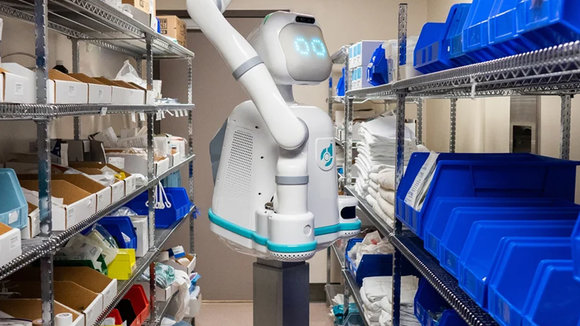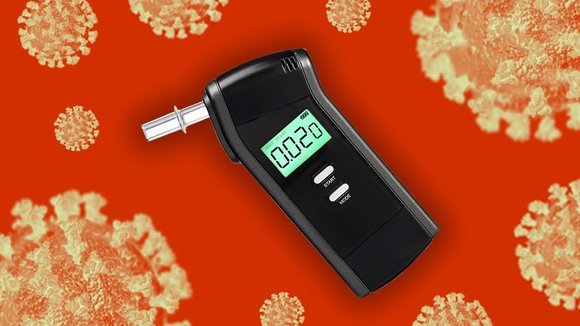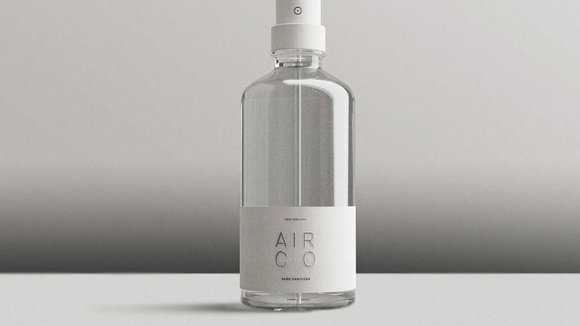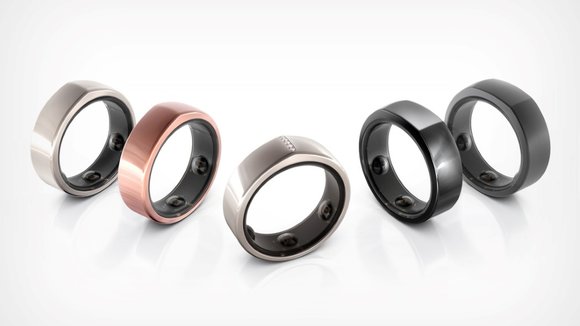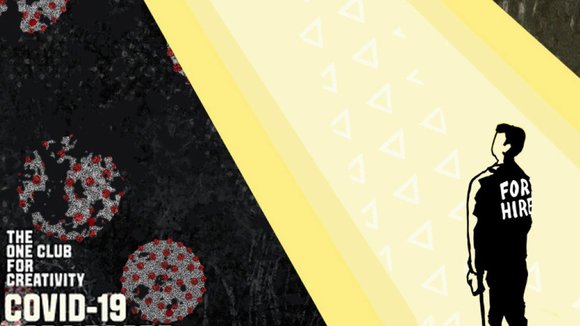1/11
Simple yet genius product designs that show how designers are fighting COVID-19 to inspire you
You know its time to take action when the UN actually calls out to designers and artists, asking for a solution that can help deal with the pandemic on hand. Titled the
, this brief gives basic instructions to guide designers on their quest to literally, save the world! We know, saving the world is a big task but no effort is small. UN recognizes that and to answer your question of ‘how can you as an individual answer such a big call?’, we have put together a list of products and inventions created by designers and students such as yourself to show you no step is small. So gather your confidence, get inspired and get creative – because the world needs you!
An ingenious hack is allowing doctors to repurpose snorkeling masks into makeshift ventilators. Approached by doctors in Italy, Isinnova teamed up with Decathlon to design a 3D printed component that could easily fit onto existing snorkeling masks. Turning them into efficient respirators that could be used to aid patients of the COVID-19 outbreak in the country. Called the
, this component has been made available on Isinnova’s website and is free for use. They’ve filed for a patent too, to ensure that the valve isn’t commercially produced and sold for a profit. The patent remains free for all, to ensure that hospitals, clinics, and medical staff can always access life-saving technology for no cost.
Rice University’s Oshman Engineering Design Kitchen (ODEK) has managed to develop a low-cost ventilator with the help of Metric Technologies, named the
. There is a worldwide shortage of medical equipment, especially ventilators as traditionally they are expensive and time-consuming to produce at the rate this virus is moving. ODEK’s alternative costs less than USD 300 and it works on an automated mechanism that squeezes the common bag valve mask ventilation devices that are available in hospitals. This device is usually called an Ambu bag and the ApolloBVM can save the hours that healthcare professionals spend on manually pumping bags when there are no ventilators available. An exhausted human cannot pump air for extended periods of time with the precision of a machine, so with this device, it will be a lot easier to assist patients that need help to breathe.
Many people have been pitching in and creating reusable fabric masks, which the CDC has deemed acceptable for use during these desperate times. However, a key group are excluded from this movement: the deaf and hard of hearing. As a college student studying Education for the Deaf and Hard of Hearing, Ashley Lawrence has a great appreciation for the ways in which the world is designed with hearing people in mind. Those who rely on lip reading or ASL to communicate are often cut off from their source of communication when doctors and nurses don surgical masks. The solution seemed clear to her: just like there are fabric surgical masks being made, there need to be masks made that are
. And the people’s response to this great idea is beautiful – her GoFundMe campaign has met its goal!
Italian architects Carlo Ratti and Italo Rota have come up with a solution – Intensive Critical Unit (ICU) pods made from shipping containers! These ICU pods are called
(Connected Units for Respiratory Ailments) which means “cure” in Latin (doesn’t that make you feel a little better?) and these will help take some load off the hospitals, especially in Italy. Ratti’s Studio, Carlo Ratti Associati, and MIT’s Senseable City Lab are creating mobile field hospitals with these CURA Intensive Care pods that serve as a biocontainment unit for two patients at a time. “The aim is that they can be quickly deployed in cities around the world, promptly responding to the shortage of ICU space in hospitals and the spread of the disease,” explained the CURA team as they build the first prototype unit at a hospital in Milan. These units can be set up as fast as tents with the benefit of having hospital-level hygiene which will help contain the infection and especially help those suffering from acute respiratory problems as they need intense care. This will also ensure that the health professionals remain safe while treating the infected who will have a better chance at recovery in the biocontainment units.
Austin-based startup
has brought to market a robot nurse that is designed to reduce workloads so that hospitals can use their staff as efficiently as possible. Meet Moxi, a hospital robot assistant that helps clinical teams with their routine, non-patient facing tasks so they have more time for patient care. Handling tasks like collecting supplies, gathering soiled linens, and delivering fresh ones, Moxi could help to reduce health care professionals’ exposure to disease. The robot comes to market as the number of coronavirus cases around the world grows, and frontline workers — including doctors and nurses — are feeling the pressure and this could be the easiest, safest method to prevent our medical staff’s burnout.
Led by Northumbria University associate professor Dr. Sterghios Moschos,
collects breath samples to detect the virus, and is less prone to contamination and false-negative results. The way the device works is somewhat similar to how a breathalyzer detects alcohol in exhaled air. Instead of scanning the air for ethanol, the device works by picking up biological information from the breath sample, known as biomarkers. If it detects biomarkers such as DNA, RNA, proteins, or lipids, it indicates that the lung may potentially be infected with a disease.
Meet the
by Avi Goldstein & William Crocker, a Captain Hook-inspired piece of EDC that lets you interact with the world without, well, physically interacting with it. Machined from a brass billet, which is known to possess anti-microbial properties, the Hygiene Hand acts as a keychain that you can use to push, pull, and generally maneuver objects without actually touching them. Designed by a retired New York paramedic, the Hygiene Hand is what you get when Everyday Carry meets Personal Protective Equipment.
The pandemic caused an exponential increase in the demand for sanitizers, and in a bid to help health professionals as well as every regular person, all the alcohol brands switched from making their usual products to making sanitizers. Air Co. actually made the world’s first carbon-negative vodka by using captured CO2 instead of yeast to make alcohol and now it is following suit by switching from vodka to sanitizers but, their method still remains the same – sustainable distillation + innovative technology that removes CO2 from the air and replaces it with oxygen. They use the CO2 emitted from nearby factories, mix it with water during their production process and then distill it, all using solar energy. The
is 80% ethanol (their technology’s main output) and they are working with local officials to donate these bottles to the institutions that need it the most.
Health startup Oura, the creator behind the 2018 Red Dot-winning
, is teaming up with the University of California, San Francisco (UCSF) to see if the physiological data picked up by the ring combined with responses to daily symptom surveys, can predict symptoms of the illness. “The study aims to build an algorithm to help UCSF identify patterns of onset, progression, and recovery, for COVID-19”, says the team at Oura. The ‘Oura TemPredict’ study will be split into two groups, where Oura will test data collected by front-line health professionals, and data gathered by the general public. The startup plans to supply more than 2,000 healthcare workers (who are in daily contact with patients who may be afflicted with COVID-19 at UCSF campuses) with Oura rings to monitor changes in their body temperature, respiratory rate, and heart rate.
And if nothing comes to your mind, worry not. We have two free Job Boards: Our very own
and
to keep you motivated and working on your portfolio so you are ready for when that opportunity strikes!
发布于2020-10-22
颜色
相关推荐
